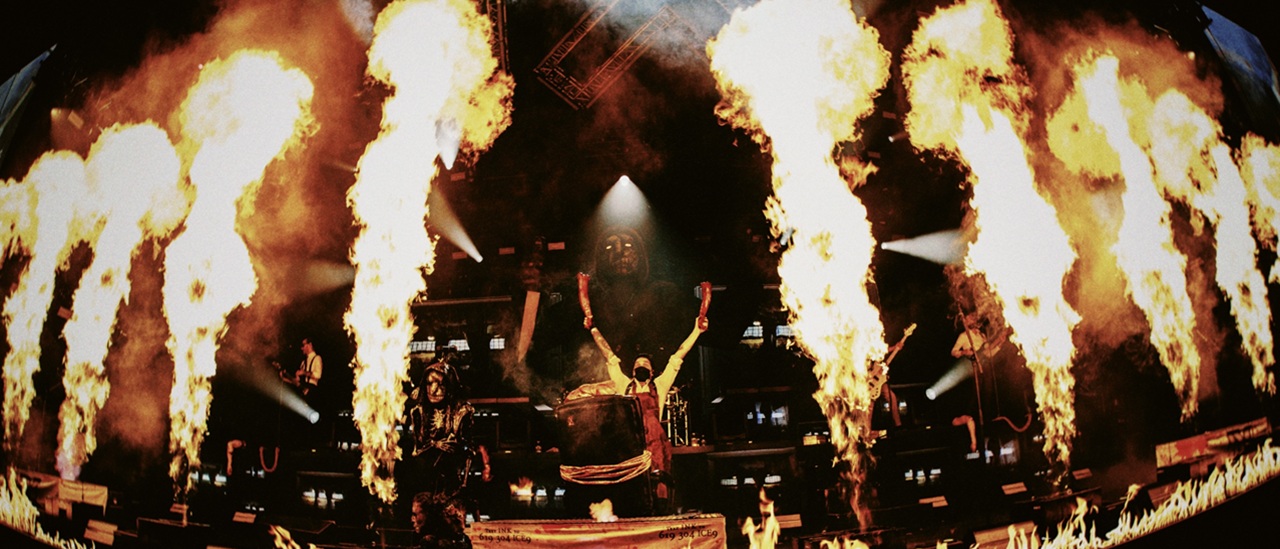“Whose f**king idea was this?”: the inside story of Metallica’s S&M2
From Metallica's S&M's origins in ’99 to its triumphant rebirth, we go inside the story of the metal titans’ most ambitious project
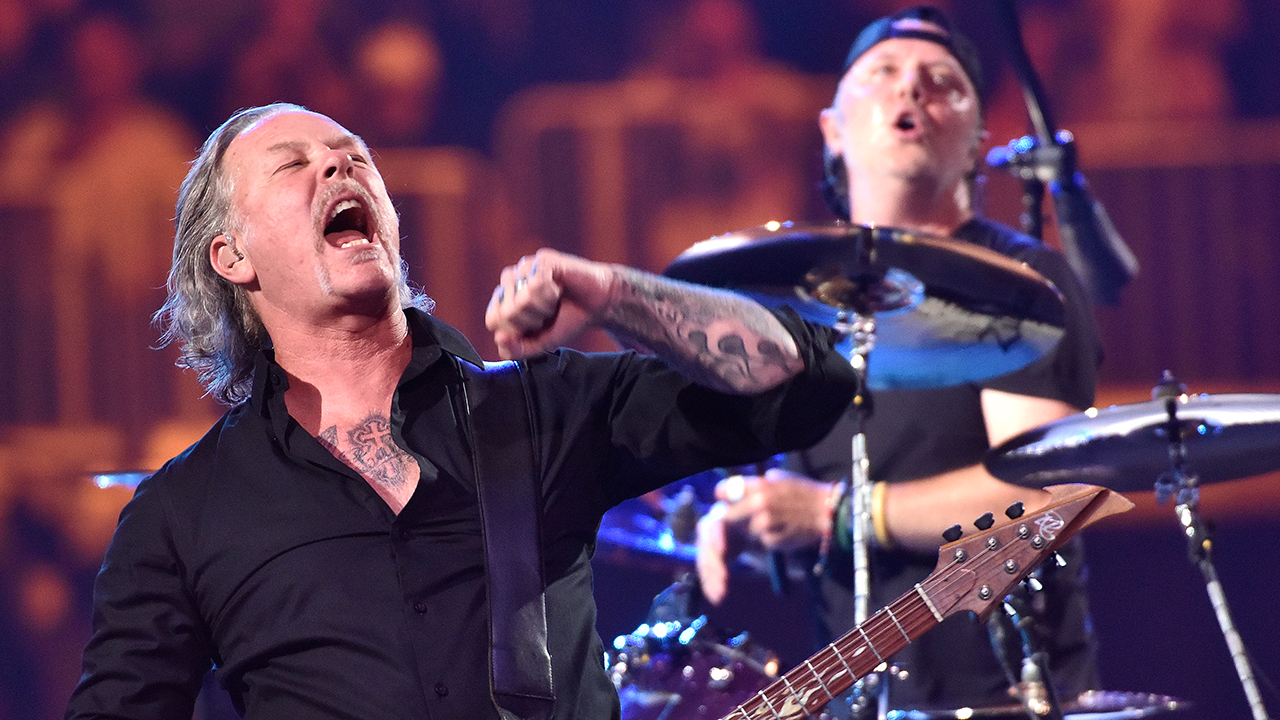
You only need watch the opening moments of the original S&M documentary to get an idea of just how bizarre the thought of Metallica mixing it up with an orchestra seemed back in 1999. As a young violinist plays a delicate few classical notes in front of the camera, she’s approached by a maniacal-looking Jason Newsted, who plucks the instrument from her hands and smashes it to bits. “It’s still good,” jokes an onlooking James Hetfield. “Are the guys in the workshop busy?”
Metallica were, of course, poking fun at themselves – and, you imagine, those in the metal scene who had greeted news of their latest project with incredulity. Still, the fact remained: metal’s biggest band were about to break new ground once more, teaming up with the San Francisco Symphony for a show unlike any other. It had the potential to be immense. It also had the potential to be a total clusterfuck.
We now know it ended up being much more of the former, but don’t be fooled: S&M’s conception proved to be one of the most complicated of Metallica’s whole career, fraught with complex logistics and headache-inducing gremlins lurking around every corner. Which, obviously, is why 20 years on, The Four Horsemen decided to put themselves through it all over again.
“We’re not taking the easy way out of this one,” insists Lars Ulrich to Bay Area news outlet The Chronicle, 10 days before the colossal S&M 2 shows are due to touch down in San Francisco. “We can’t resist mixing it up.” Ever their own biggest provocateurs, it seems Metallica are testing themselves once again.
But we should backtrack a bit. That the announcement of S&M 2 was met with almost universal enthusiasm speaks volumes of how well Metallica first pulled off this most unlikely of experiments. Hell, the original S&M wasn’t even the band’s idea; they were approached by esteemed composer Michael Kamen, who’d previously worked with the likes of Pink Floyd, Bob Dylan and Eric Clapton, and wanted to try something even further out of his comfort zone. Despite their penchant for fucking with metal’s status quo, the notion of playing with an orchestra was something that was never truly on Metallica’s radar. When asked at the time how far they’d previously considered the idea, the band’s answers were all pretty much uniform.
“It’s not something that ever entered my mind,” noted then-bassist, Jason. “I never thought that we’d be playing with a symphony, ever,” added guitarist Kirk Hammett. “I wasn’t ignorant to classical music, but it wasn’t knocking on the back of my Deep Purple records,” offered Lars. As for frontman James? He literally laughed out loud in response.
And yet, Metallica decided to go for it, booking two nights in April ’99 at the 3,000-capacity Community Theater in Berkeley, California – one of the more modest cities around the Bay Area where the thrash pioneers had made their name. Usually used to house local high school events, the cheekily titled S&M (that’s Symphony & Metallica) would provide an extra level of intimacy for a band used to straddling stadiums and festival headline spots.
Sign up below to get the latest from Metal Hammer, plus exclusive special offers, direct to your inbox!
Naturally, the gigs were a huge talking point. MTV mused that “Metallica’s early fans may wince at the pairing with the Symphony,” while NME cynically labelled it a “fairly pedestrian musical idea”. As for the fans? They were split: those who felt Metallica had left metal behind saw this as another shameless leap away from the scene that bore them, while others were excited at the prospect of some of metal’s most epic songs being given a new lease of life. And it wasn’t just the metal and rock scenes that were fascinated by the idea of S&M. The classical music industry, too, was abuzz: “It was on everyone’s radar!” confirms Edwin Outwater, San Francisco Symphony alumnus and the man chosen to conduct S&M 2. “It was something fun and amazing, unlike anything else. It’s was a big deal.”

Perhaps we shouldn’t be surprised. After all, Metallica’s music has shared more than a little DNA with the world of classical. Beloved former bassist Cliff Burton was an avid fan of the genre, and the rest of the band have made it clear how much of an influence that love had on their songwriting in the early days.
“If you take For Whom The Bell Tolls, that melody, Fade To Black, the super- melodic outro… that was all stuff [Cliff] brought to the table,” Lars told the Talk Is Jericho podcast in 2017. “The intro of Fight Fire With Fire, that was more or less his. There was this whole thing that came from the classical upbringing that he had. He studied classical music and he could sit and talk with you about Bach, Beethoven and Tchaikovsky.”
In a sense, then, there was a touch of destiny about S&M, and despite the sniff of chaos hanging over the shows – the documentary is filled with footage of frantic planning sessions, bemused logistical meetings and one moment where Lars mouths to the camera “Whose fucking idea was this?” – the gigs were a roaring success. So much so, that more S&M shows were booked for Berlin and New York later that year. The accompanying album would eventually go five-times-platinum.
“The band found the right composer and arranger in Michael Kamen,” noted Rolling Stone, “who has the strings sawing away manfully during such Dungeons & Dragons fantasies as Of Wolf And Man and Enter Sandman.” Hammer’s own review of the S&M experiment was even more enthusiastic, editor Robyn Doreian calling it a “resounding success”, noting that “Metallica are still Metallica, but just want to do something different.” The shows even produced two brand new Metallica songs: the popular No Leaf Clover, dropped at multiple live shows since, and - Human, which has yet to rear its head again.
Ever since the fourth and final S&M show at Madison Square Garden brought the strings’n’all chapter of Metallica’s career to a close, rumours persisted that they might fancy revisiting the concept one day. The death of Michael Kamen in 2003, however, led many to assume that it wouldn’t have been possible, the conductor’s drive and enthusiasm having played such a vital role in the original. The 10th anniversary of the shows came and went without much fanfare in 2009. Still, there were some who hoped we might one day get another round.
“If we could do something like that [again], it would be great,” mused Kirk Hammett to 105.7 The Point in 2017. “But this is a really big machine, and sometimes it takes time to steer it this way or that way. It’s an effort.”
Not too long after that interview, though, an opportunity arose. A brand new, billion-dollar venue, the Chase Center, was being constructed in San Francisco, due to open to the public in 2019 – 20 years since S&M. The arena would mainly serve as home of NBA basketball team the Golden State Warriors, but the city wanted something special to open it – a unique show by a band, for example, who helped put the Bay Area music scene on the map.
“The stars aligned,” says Edwin. “I’d heard rumours that things were brewing, but the anniversary, the arena opening… this was the time to do it.”
But first, S&M 2 needed a conductor – someone who could not only step into Michael Kamen’s shoes, but who could help bring a fresh vision to a concept that was, to be blunt, no longer ground-breaking. Since S&M 1, metal bands from Within Temptation to Dream Theater have played with orchestras, and bands melding symphonic stylings to heavy riffs are headlining arenas – just ask Nightwish and Sabaton. S&M needed a reboot; luckily, a long history with the San Francisco Symphony and a lifelong love of rock music made Edwin the man for the job.
“The Symphony asked me to be involved because of my association with them,” he tells us ahead of the anniversary shows, speaking over the phone from Chicago. “Michael [Tilson Thomas, SFS director] knew that I had done a lot of work with rock musicians and was comfortable with these kinds of collaborations.”
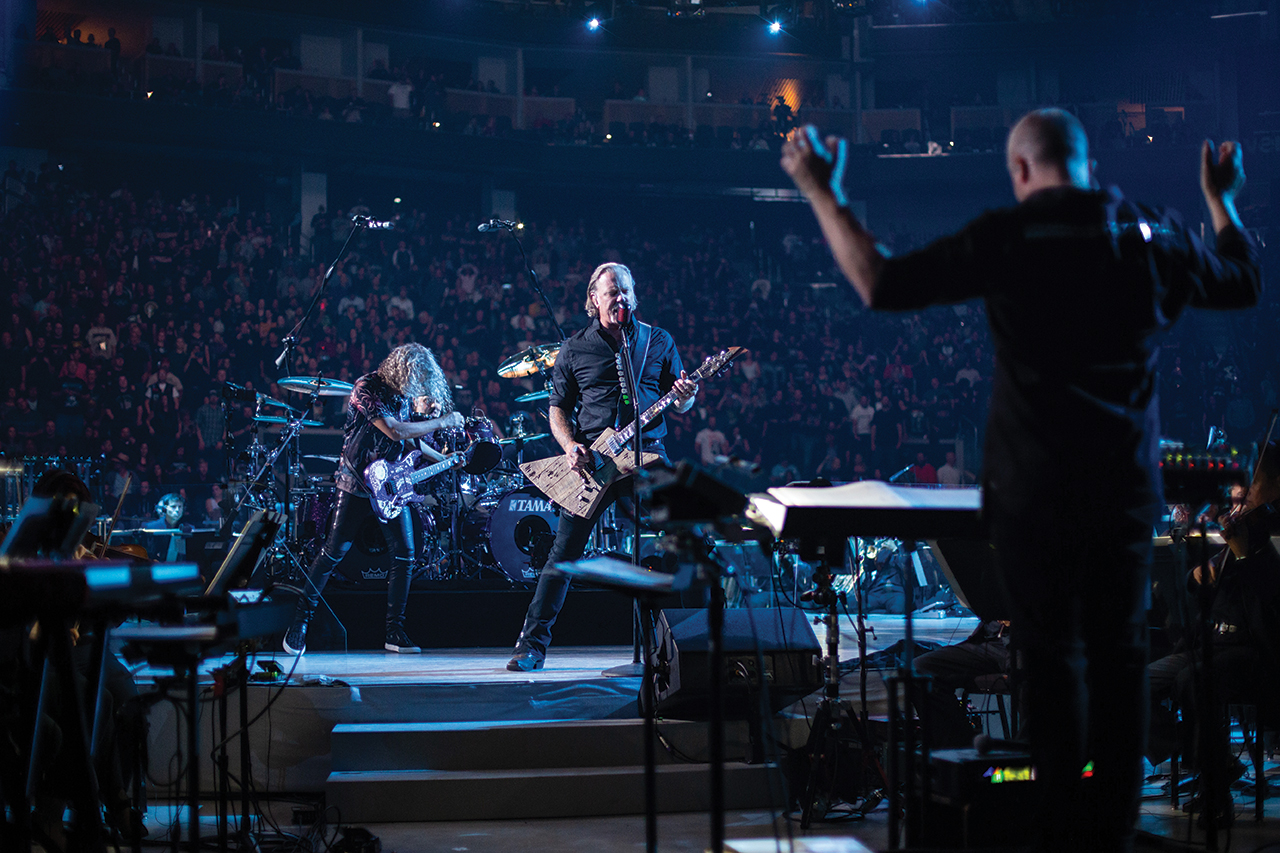
In fact, rock and metal is very much in Edwin’s DNA: his first ever show was an Alice Cooper gig with his dad, and he scored a Cheap Trick orchestral show in Hollywood that featured appearances from Ministry’s Al Jourgensen and Smashing Pumpkins’ Billy Corgan. When the chance to work with Metallica reared its head, he had no doubts about whether to accept, and quickly got knee-deep in putting it all together.
“I’ve met Lars many times,” he says of how preparations are going. “I’m on the phone almost every day talking to the arrangers, talking to Metallica’s people, and sometimes to the guys themselves. Sometimes [Metallica will] start with some ideas and we’ll bring them to life, or sometimes we’ll start with some ideas and send mock-ups to the band so they’ll hear a digital version. Then they’ll listen to it and come back to comment.”
While he’s keen to also point out the roles of Michael Tilson Thomas and music arranger Bruce Coughlin in the orchestration of everything (pun very much intended), it’s clear Edwin has had a massive influence in how S&M 2 came together – and, crucially, how it’ll be different from the last time out.
“You don’t just want to do a repeat of the first show,” he states. “Metallica don’t work that way. We want to create something new and explore the possibility further of how a metal band and an orchestra can work together.”
“Anybody that knows Metallica would know that we are going to mix it up,” confirms Lars to The Chronicle. “There are a minimum of two sides to what we do: we like to play shows, but we also like to create. Doing this dips into both. Getting a chance to create, collaborate and throw what we’ve done the last two years to the wind and start from scratch is very appealing.”
“They have a sense of risk and fearlessness,” adds Edwin. “I think they themselves would admit that they’ve had some ups and downs. They’ve tried some crazy things, some which have worked better than others, and I think that’s a part of being an artist. It’s probably why they can stay together the way they have; there’s this sense of always moving forward. It’s pretty inspiring. There is some fear involved, always, but that’s the push, you know?”
Two weeks later, and it’s not fear that Hammer can sense around the Chase Center, but pure excitement. It is absolutely electric inside the 20,000-capacity venue, with every single walkway in the joint filled with merch queues as chattering fans try to nab one of the event’s exclusive t-shirts. Everyone here knows this is a special, special show, and by the time the Symphony take to the stage a shade before 9pm, the place is ready to pop.
And what a show it is. If the cheer for the Symphony’s arrival was big, the reaction that greets Metallica as they stroll through the crowd during Ecstasy Of Gold (played live, natch) borders on hysteria. As with its predecessor, S&M 2 kicks off with meaty instrumental The Call Of Ktulu, but from then on in it’s an absolute free-for-all, Metallica classics mixing it up with new cuts, old rarities, fascinating reimaginings and some extremely surprising left-turns.
Some things work spectacularly. The Day That Never Comes is an extremely well-conceived addition to the S&M canon, exactly the kind of slower, more emotionally charged track that lends itself to those extra swells of strings. Rare Load number The Outlaw Torn makes a welcome return and is little short of stunning, once again proving that the more measured, methodical Metallica songs work best with the orchestral treatment.
Setlist staples like Enter Sandman, Nothing Else Matters, One and Master Of Puppets all sound predictably great, One in particular given new layers by the Symphony with a gorgeous extended intro and clever use of lasers and the arena’s spirally overhead screens. Of the new era tracks, Halo On Fire and Moth Into Flame fit seamlessly into the concept, Moth’s frenetic riffing sounding demented when bolstered by bursts of frenzied strings. Confusion, however, doesn’t quite hit the mark; while the Symphony definitely makes it feel mightier live, it can’t save it from ultimately being a middling Metallica song that never really goes beyond second gear.
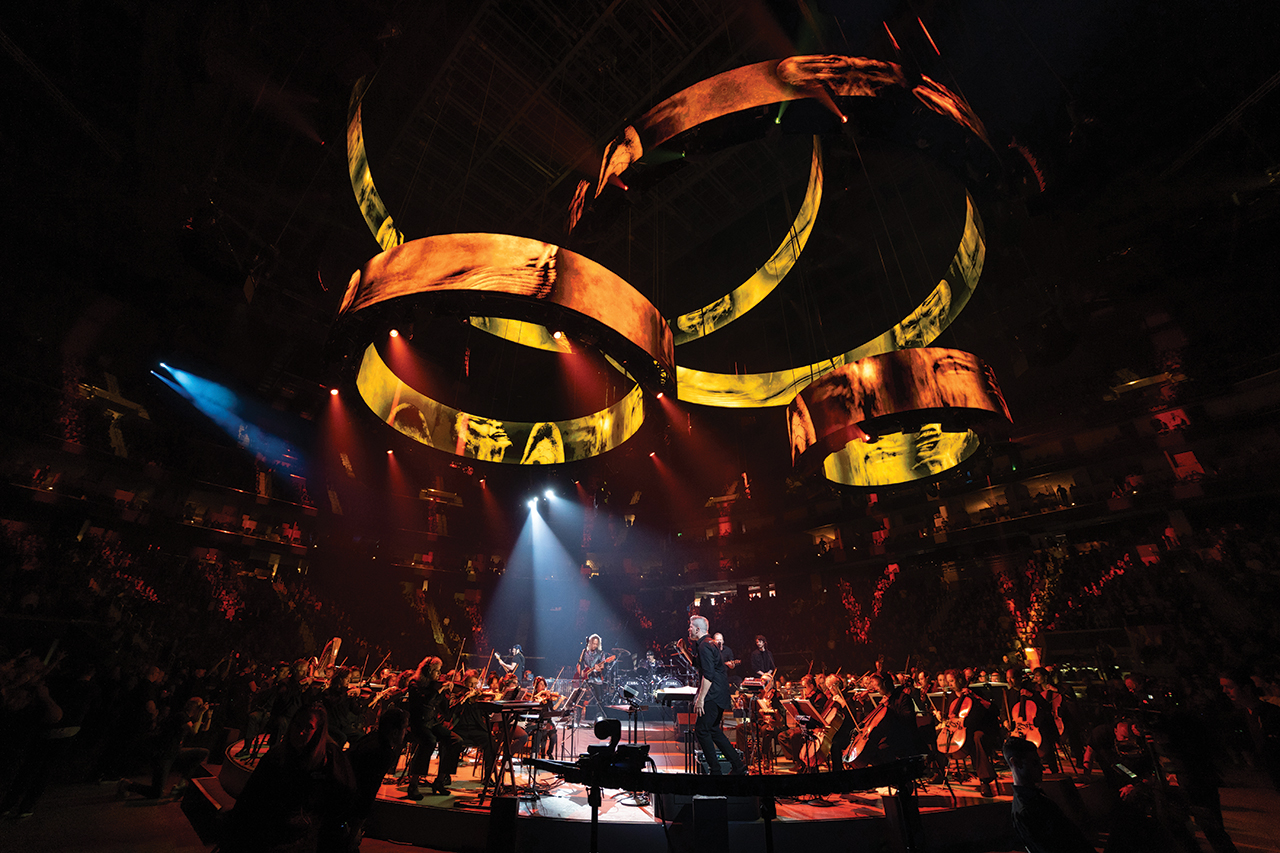
Luckily, it’s a rare blip. The set is split into two halves, and it’s in the second part that the left-turns keep coming. A unique airing of The Unforgiven III sees James accompanied only by the orchestra, his bandmates (and even his guitar) not involved whatsoever. A countryfied version of St. Anger cut All Within My Hands is another big surprise, as is an amazing rendition of Kill ’Em All instrumental (Anesthesia) Pulling Teeth, performed by a solo musician wielding a bow and stand-up bass. Dedicated to Cliff Burton – “he’d have loved to be here”, says James – it’s a wonderfully intimate and emotional moment.
More surprising still is the airing of two classical songs, conducted by SFS Director Michael Tilson Thomas and paying homage to the relationship between classical and heavy metal (a point rammed home when Metallica themselves appear on stage to join in with the second number, a full-hearted run-through of Alexander Mosolov’s Iron Foundry). It’s an unusual moment that is welcomed warmly by the crowd, and it underlines Metallica’s determination to make this a true spectacle, and an event that’s about more than just themselves.
In many ways, though, the biggest difference between this and S&M 1 is the stage itself – previously in the usual spot at the front of the venue, but tonight set in the round, a giant circle surrounded on all sides by the Symphony with Metallica spread across the middle. It makes all the difference; wherever you are in the arena, you’ve got a hell of a view, and the band make sure to give everyone a look-in, James, Kirk and Rob all regularly swapping places as the show goes on to give different parts of the crowd their full attention.
“We are truly blessed,” grins James after the final notes of Enter Sandman close the latest chapter in Metallica’s endlessly surprising career (save a second, identical show for fanclub members in two days). “We’ve had a beautiful time!” The seven-minute ovation that caps off the evening would suggest that every single one of the 20,000 people here feels exactly the same way.
“Holy shit, that was one for the books,” offers Lars a few hours later. “The energy was otherworldly. The arena was going bonkers. It was a rocking fucking show!”
You have to agree with him. In an era where many heavyweight rock bands are happy to glide along, diarrhoea-ing out the same old greatest hit sets year after year, it’s testament to Metallica that they are still looking to push themselves and seek new challenges. Even something like S&M 2 – an event that could have just been a nostalgic victory lap – is curated in a way unlike anything we’ve ever seen at a metal show before. Where Metallica go next remains anyone’s guess, but one thing is for sure: correctly gauging their next move is about as likely as making a heavy metal orchestra show. Twice.
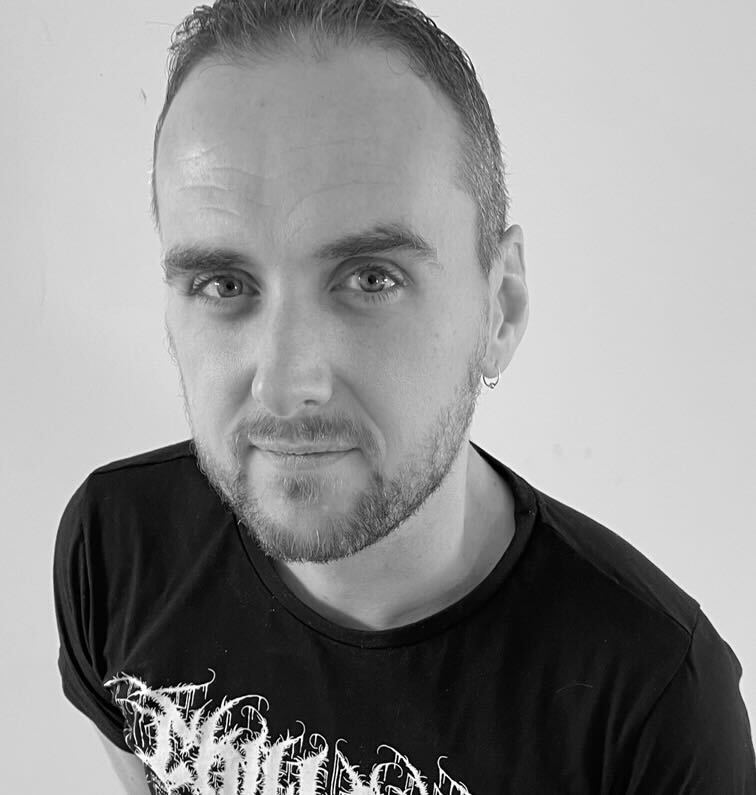
Merlin was promoted to Executive Editor of Louder in early 2022, following over ten years working at Metal Hammer. While there, he served as Online Editor and Deputy Editor, before being promoted to Editor in 2016. Before joining Metal Hammer, Merlin worked as Associate Editor at Terrorizer Magazine and has written for Classic Rock, Rock Sound, eFestivals and others. Across his career he has interviewed legends including Ozzy Osbourne, Lemmy, Metallica, Iron Maiden (including getting a trip on Ed Force One courtesy of Bruce Dickinson), Guns N' Roses, KISS, Slipknot, System Of A Down and Meat Loaf. He has also presented and produced the Metal Hammer Podcast, presented the Metal Hammer Radio Show and is probably responsible for 90% of all nu metal-related content making it onto the site.
